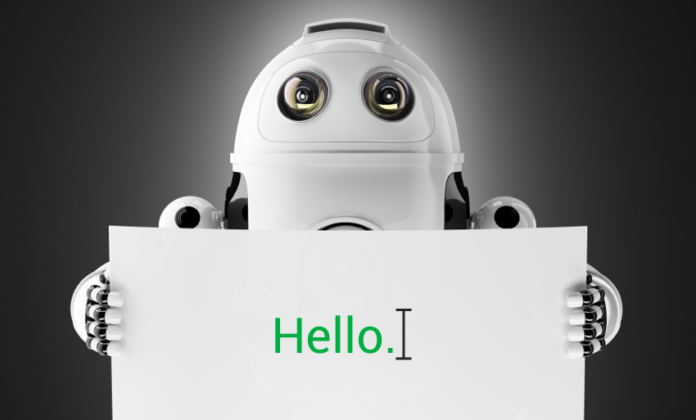If consumers had to give chatbots a performance review, it probably wouldn’t be stellar. This is true for all sorts reasons, but especially so when it comes to delivering first-rate customer service. In the early days, this technology was crude and ineffective, and sometimes even embarrassing for brands. Even today, chatbots can be alienating, especially to Baby Boomers, if adequate time isn’t taken to design and implement them properly.
However, it’s difficult to dismiss the cost benefits of using this technology. According to one recent forecast by Juniper Research, chatbots will be responsible for more than $8 billion in annual savings for companies worldwide by 2022. This explains why a growing number of companies are using bots as part of a “cyborg” approach to customer service—that is, one that enhances human interactions with technological ones (or vice versa). Here’s what you need to know to begin making chatbots a source of strength in your customer service operations:
Because Chatbots Never Sleep They’re Always Collecting Intel
Bots are ready and able to converse with customers any time of the day or night. (Weekends and holidays, too.) This means they’re constantly collecting data on customer problems and journeys. Properly analyzed and channelled, this info can provide close-to-real-time reports and guidance that can make a customer service process, and the humans who support it, more responsive and even anticipatory. This is one reason companies like Amtrak, Fandango, Mastercard, and Staples now use them; and it’s why Gartner predicts that, by 2020, 25% of customer service operations will employ some form of virtual customer assistant. They’re a cost-effective way to provide fast, convenient, round-the-clock service.
Chatbots Don’t Get Sloppy
Indeed, bots faithfully execute even the most mundane tasks: tracking orders, booking flights, reserving hotel rooms, and supplying financial account info—and they can do so with lower error rates than humans. Organizations that have implemented such virtual assistants report reductions of up to 70% in call, chat, and email inquiries, according to Gartner research.
They Don’t Get Tired Either
Armed with answers to dozens or hundreds or thousands of commonly asked questions, chatbots can extend your brand’s reach well beyond the company website, engaging consumers on Twitter, Instagram, Facebook Messenger, and other popular forums. Not to mention the voice-controlled domains of Alexa, Siri, and Cortana, and the best are genuinely helpful. Gartner once estimated that these digital text and voice assistants can resolve more than 80% of customer support interactions.
Chatbots Aren’t People, Which Isn’t Always A Bad Thing
While some folks are naturally wary of assistance provided by a machine-based tool, others have grown to appreciate the speed, convenience, and good humor chatbots bring to digital customer service. In fact, for people with speech and hearing issues, chatbots can be a welcome alternative to impatientient (read: human) customer service representatives. And for those suffering from anxiety, depression, and post-traumatic stress disorder, a chatbot is far less judgmental. And, as 4.7 million followers can attest, a popular bot like Progressive Insurance’s Flo never loses its sense of humor.
Chatbots Free Employees to Handle More Important Stuff
Chatbots can’t resolve every customer service issue—nor should they. What they do instead is grant the employees on your staff time to devote to people with challenging issues, the ones that require creative solutions and a healthy dose of empathy. And in an era when 59% of consumers feel companies have lost touch with the human element in customer experience, that’s a big victory.





